The Arab culture it involves traditions, language and customs of peoples who originate from the territories of the Middle East, North Africa and West Asia.
Likewise, Arab culture is a concept independent of religion, as it encompasses Muslim, Jewish, Christian and pagan peoples.
If we consider only the countries of the "Arab League" (1946), there are at least three hundred million people who are part of this culture.
Arab Countries
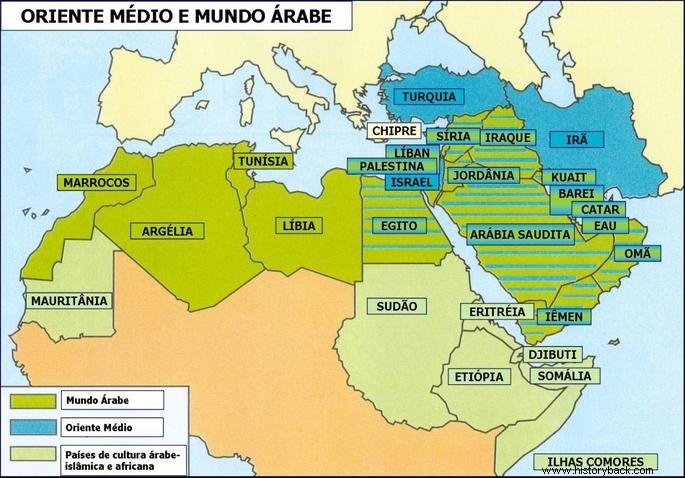
The main Arab culture countries are:
Arabian Peninsula
- Iraq
- Barain
- Qatar
- Saudi Arabia
- United Arab Emirates
- Yemen
- Kuwait
- Oman
Nile Valley
- Egypt
- Sudan
Maghreb
- Libya
- Tunisia
- Algeria
- Morocco
- Mauritania
- Western Sahara
Fertile Crescent
- Iraq
- Lebanon
- Syria
- Palestine
- Jordan
Arab World
The Arab world comprises those countries and peoples that have adopted the Arabic language. They are mainly concentrated in North Africa.
One should not confuse "Arab world", which is identified with the language, with "Islamic world", which refers to the religion.
Not all Arabs are Muslims (or Muslims) and many people who do not speak Arabic are Muslims.
The Arab culture traveled with the people of these regions and arrived in Spain, Portugal and from there they went to the Americas. In countries like Brazil and Argentina there are important communities of Arab descent.
Origin of Arab Culture
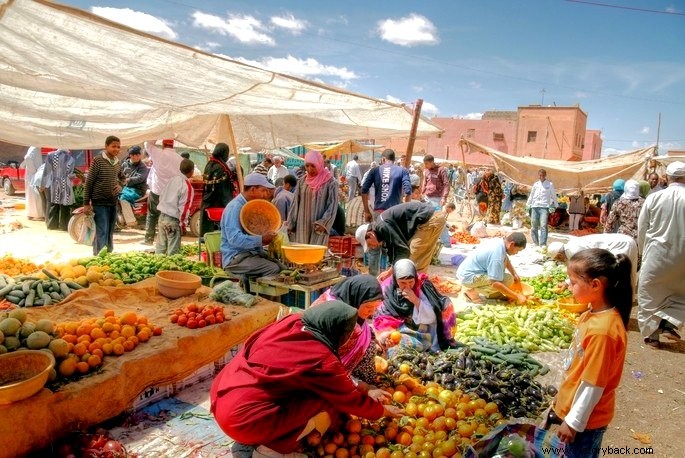
Arab culture appears in the Arabian Peninsula with the Semitic peoples descended from Ishmael, patriarch son of Abraham.
The most representative figures are the Bedouin nomads, who lived in desert regions and supported themselves mainly by raising cattle.
However, with the formation of the Arab Empire in the 7th century, the Islamic culture and religion spread across the peninsula, modifying the customs of these nomadic peoples. Thus, Islam and the language will be the basis of the process of “Arabization” in North Africa.
As this domination was done with relative tolerance, there was a reciprocal influence between those who were Muslims and spoke Arabic and the peoples who were dominated. Through their travels, the Arabs came into contact with the Hellenic peoples, learned and preserved their Greek philosophy.
In this way, Christian and Jewish communities were tolerated in Muslim-majority territories and ended up absorbing Arab traditions.
See also:PersiansCustoms of Arab Culture
In common, this culture has values such as loyalty, honor, traditionalism, a sense of hospitality and conservatism. They prioritize friendship, respect, patience and privacy above all else.
The Arab tradition for business is also well known, in which it is necessary to have patience to haggle and negotiate the value of goods.
Another important aspect of this culture concerns the ways of eating. Muslim Arabs do not eat pork, eat only with their right hands and usually eat their meals sitting on the floor.
Arabic Religion
It is estimated that 90% of the Arab peoples profess the Islamic religion, founded by Mohammed (Mohamad) in the year 622 of the Christian Era.
This faith united the numerous Bedouin tribes of the Arabian Peninsula and North Africa. For this reason, it is very common to think that all Arabs are Muslims.
However, communities of Christians, Jews and even those who hold animist beliefs such as the Yazidi survive. , one of the peoples who form the Kurds.
Likewise, the Jews and the Orthodox Church were already installed in the territories where Islamism flourished. There are also Christian denominations such as Melkites, Copts, Maronites, among others.
Therefore, it is incorrect to say that all Arabs are Muslims. Finally, let's remember that the largest Islamic country in the world, Indonesia, is not an Arab country.
See also:KurdsArab Family
The Arab family is patriarchal. The mother is responsible for the household chores and care of the house, while the father is the provider and makes the decisions of the house. Currently, however, in several Arab countries, women work outside the home.
It is common to find men hugging and exchanging kisses on the cheek or walking hand in hand (this is a sign of great friendship).
However, when addressing a woman, Arab men usually do not face them and only greet her with words. This is because in most Arab countries, public kissing between couples is prohibited.
Arabic Clothing
Generally, due to religious influence, Arab peoples tend to cover their bodies more than Westerners. The high temperatures also make it necessary to wear veils and turbans in order to protect the face and head.
Women tend to dress with more decorum and are rarely found with their hair uncovered.
They wear a hijab (fabric that covers the head without hiding the face), an abaya (long black robe) or a niqab (fabric covering the lower part of the face). It is important to note that each country has its own clothing codes.
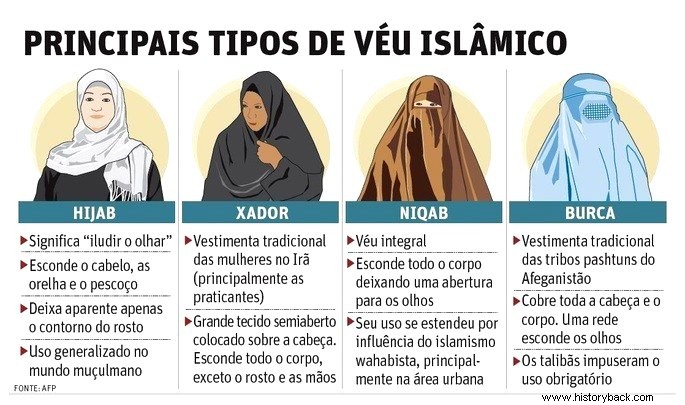
In the same way, those Arab clothes or clothing that show the more conservative side of this culture.
For their part, men can be found dressed in Western fashion, with jeans and a shirt. However, in countries like Saudi Arabia, you must wear a turban and tunic.
Arab Wedding
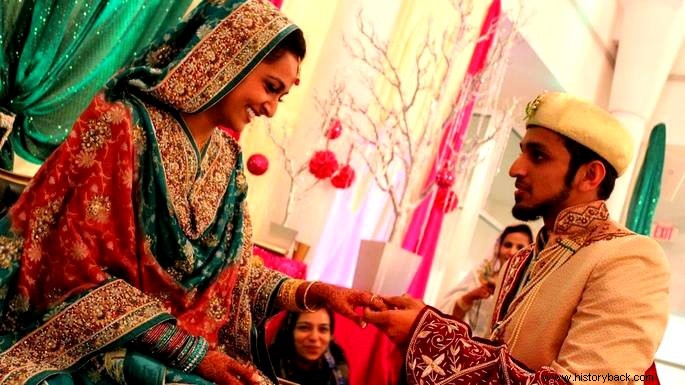
The Arabic wedding ceremony varies by religion. However, one characteristic is certain:regardless of belief, the party will be long and very lively.
Muslim Arab wedding
The Muslim Arab Wedding (Nikah ) is a colorful, joyful, full ceremonial and full of symbolic rituals. Typically, the event lasts up to three days.
They can be celebrated at any time, except the day after Ramadan or between the ninth and tenth day of the first month of the Islamic calendar.
As the Arab culture is permeated by Islam, the wedding must take place in a mosque, under the blessing of an Imam or Sheikh.
Traditionally, the first day is devoted to the engagement ceremony (Mangni ). This represents an official consecration in which the exchange of rings and the signature of marriage take place.
It is a civil contract, signed by the groom, the bride and her guardian, endorsed by two more witnesses.
On the second day (Manjha ), attention is focused on the bride. It is produced for marriage with traditional henna tattoos (on the feet and hands), which can only be tattooed by single women.
Finally, on the third day, is when the actual wedding party takes place. At this time, the bride and groom's families will gather with the other guests, amid lots of food, music and dancing.
As for clothing, it is worth noting that the bride can wear up to seven different dresses, as long as the dress used on the third day of the party is white. The groom, on the other hand, usually dresses in silk and a turban.
See also:Characteristics of Muslim CultureArabic language
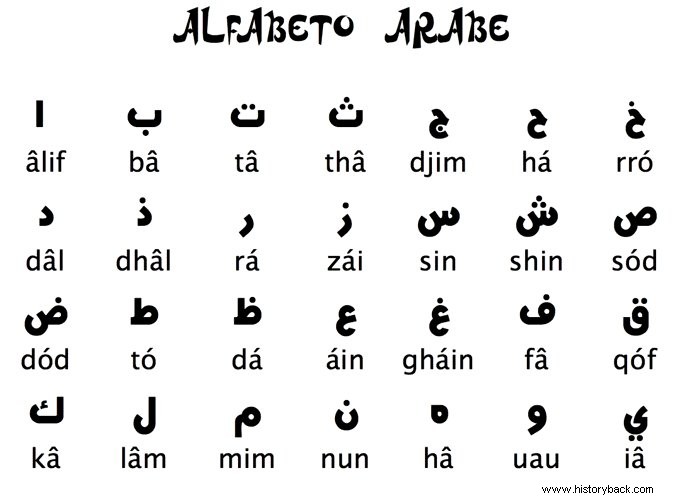
Indeed, the Arabic language is a unifying factor in this civilization as much as Islam, since most Arabs are followers of Islam.
It is worth mentioning that the word “Arabic” means “clear” or “understandable” to refer to those whose language was intelligible.
Unlike Latin and Anglo-Saxon languages, Arabic is written from right to left and only has 3 vowels and 22 consonants.
See also:Alphabet TypesDiffusion of Discoveries and Knowledge
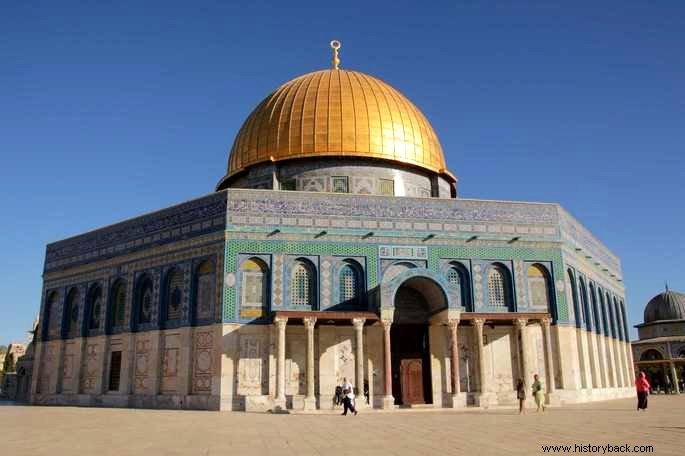
The Arab peoples were great creators and transmitted to the western world navigation knowledge that allowed remarkable advances, such as the compass and the astrolabe.
Furthermore, alchemists were the forerunners of modern chemistry and they are credited with the discovery of alcohol.
Mathematicians were equally important, from where we inherited knowledge about Arabic numerals, algebra and the concept of zero (brought from India).
Arabic Architecture
From these algebraic calculations, Arab engineering and architecture were able to build beautiful mosques, palaces, with their arches, domes and minarets.
All of them are well ornamented by the decorative art of arabesques, where geometric motifs of Persian, Indian and Byzantine influence predominate.
It is worth mentioning here the religious prohibition of representing human figures, which justifies the predominance of geometric figures, plants and flowers in his precious mosaics.
See also:Formation of the Brazilian People:history and miscegenationLike it? These texts from Toda Materia can help you :
- Sunnis and Shias
- Moors
